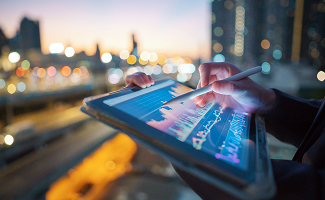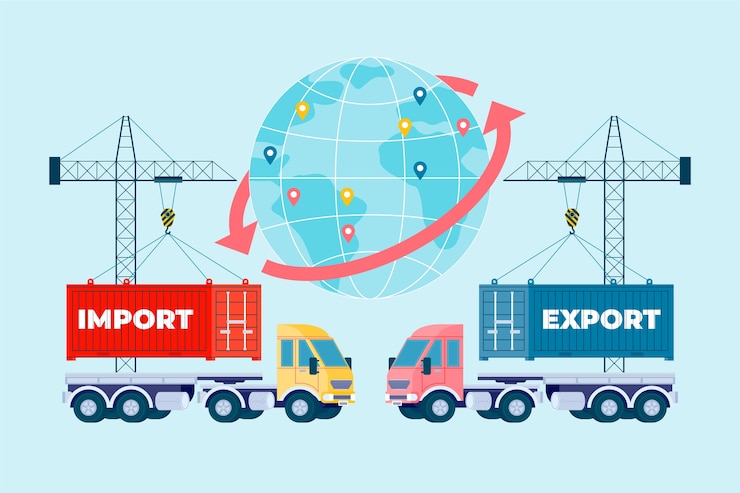Product packaging is the first and last thing customers will see of your product. It is what makes them pick up your product in the first place, and it is what they’ll remember after they’ve used it.
Good product packaging design can make the difference between a customer picking up your product and just passing it by.
It is crucial that businesses put thought into their product packaging design, as it is an important marketing tool. The product packaging should be designed to attract the target market and communicate the key features and benefits of the product.

Preliminary Questions in designing a product packaging
Here are some of the questions to ask when creating a memorable product packaging design:
1. What exactly is a product?
A product is any good or service which is offered to the market. Is it just that or is there more to it? Without complicating things, let’s ask a few more questions: What are you selling? What materials is it made of? Is it perishable? How big is it?
These questions will help you determine the type of packaging you will need. For example, if you are selling a food product, you will need to use packaging that will keep the food fresh. If you are selling a small product, you may be able to get away with using a small package.
Now that we have proceeded to answer this question, “what is a product?”, let us move on to
2. Who is buying the product?
This is an important question to ask because it will help you determine the type of packaging that will appeal to your target market.
For example, if you are selling a product to children, you will want to use packaging that is colourful and fun. If you are selling a product to adults, you may want to use more sophisticated packaging.
3. How are people buying the product?
Are people buying your product online, in a store, or through a catalogue? This question will help you determine the type of packaging that will work best for your product.
For example, if you are selling a product online, you will want to use packaging that is easy to ship and that will protect your product during shipping. If you are selling a product in a store, you will want to use packaging that is easy to display and that will attract attention.

Product packaging design criteria
There are a number of things to keep in mind while designing your product’s packaging:
1. Brand First
First, you need to decide what kind of message you want to send with your packaging. Are you trying to convey that your product is high quality and luxurious? Or are you going for more fun and playful look?
Once you’ve decided on the message you want to send, you need to make sure that your packaging design is consistent with that message. Your packaging should be designed to match the overall aesthetic of your brand.
If you have a modern and minimalistic brand, your packaging should reflect that. Likewise, if your brand is more traditional, your packaging should be classic and timeless.
2. Customer use
It is also important to consider the practicality of your packaging design.
Your packaging should be designed in a way that makes it easy for customers to use and store your product. It should also be durable enough to protect your product during shipping and handling.
3. Budget
If you are not sure where to start with your packaging design, there are plenty of resources available online and in print. You should judge your budget and research what’s available before making a final decision.
There are also many professional packaging design companies that can help you create the perfect packaging for your product.

Dependent Factors of Good Product Packaging Designs
Here are some factors to consider when creating memorable product packaging designs:
1. Keep it simple
The packaging should be designed with the consumer in mind. The design should ideally be easy to understand and use. It should be made from materials that are easy to recycle or reuse.
2. Make it durable
The packaging should be designed to protect the product during shipping and handling. It should also be really easy to store.
3. Consider the environment
The packaging should be made from eco-friendly materials. It should also be easy to recycle or reuse.
4. Use branding
Your packaging design should reflect your brand identity. It should definitely be consistent with the exact look and feel of these other marketing materials.
5. Stand out from the competition
Your packaging design should make your product stand out from the competition. It should be eye-catching and memorable.

Stepwise guide to designing your product packaging
Here is a step-by-step guide for great product packaging designs:
1. Understand packaging layers
The first step is to understand the different types of product packaging materials and their functions. There are three main layers of packaging:
- Primary packaging – This is the layer that comes in direct contact with the product. It should be durable and protect the product from damage.
- Secondary packaging – This layer provides additional protection and helps to consolidate multiple products into a single unit. It also makes transportation and storage more efficient.
- Tertiary packaging – This is the outermost layer of packaging. It provides support and protection for secondary packaging, and can also be used for branding and marketing purposes.
2. Choose the right product packaging materials
The next step is to choose the right materials for each layer of packaging. The type of packaging material you choose will depend on the product, the environment it will be stored in, and your budget.
Some common product packaging materials include:
- Paper – Paper is a versatile material that can be used for all three layers of packaging. It is affordable and eco-friendly, but not as durable as other options.
- Plastic – Plastic is often used for secondary and tertiary packaging. It is durable and moisture-resistant but can be expensive.
- Glass – Glass is a common choice for primary packaging, especially for food and beverage products. It is recyclable and provides a high-quality look, but is breakable and heavy.
- Metal – Metal is another common choice for primary packaging. It is durable and provides a luxurious look, but can be expensive.
Here are a few practical considerations to choose the right type of packaging:
- The product: You need to take your product into consideration. For example, if it is a liquid, it is going to limit your options; although, not necessarily so. You could use a box with inserts or look at other options like using a pouch.
- The competition: Take a look at what your competition is doing. You want to be different, but you also want to be on the same level. If they are using high-end packaging, you will need to as well to stay competitive.
- Your budget: This is always a consideration when making any business decision. You need to find a packaging solution that fits within your budget.
3. Printing considerations
You will need to take into account the printing process when designing your packaging. This includes the size, colours, and materials that you will use.
Here are a few considerations that you need to take into account when selecting your printing requirements:
- Size: The size of your packaging will be determined by the size of your product. You need to make sure that your product will fit snugly inside the packaging. You also need to consider the shipping costs. Larger packages cost more to ship.
- Colours: The colours that you use on your packaging need to be eye-catching. You want your packaging to stand out on the shelves. Use colours that will contrast with the colours of your competitor’s packaging.
- Materials: The materials that you use for your packaging need to be durable. Your packaging needs to protect your product during shipping and handling. It also needs to be easy to open.
4. Creating information architecture
How you arrange the information on your packaging is important. You want to make absolutely sure that crucial information is easy to find. Use lists, headlines, and bullet points to make the information easy to scan.
- Layout: The layout of your packaging should be easy to read. Use white space to make the text easy to read. Make sure that the text is aligned correctly.
- Proofreading: Always proofread your packaging before you print it. Check for spelling and grammar mistakes. Make sure that all of the information is correct.
Now that you know the basics of product packaging design, you can start designing your own packaging. Use these tips to create good product packaging designs that represent your brand well. Your customers will appreciate the effort that you put into your packaging.
Ultimate Guide to Great Product Packaging Designs
Product packaging design is important for any business. It is the first thing that customers see when they look at your product.
Make sure that your packaging represents your brand well. Use these tips to create great product packaging designs that are easy to read and look great. Your customers will appreciate the effort that you put into your packaging.

Khurshid Alam is a brand strategist and founder of Pixel Street, a branding agency in Kolkata. He has over 8 years of experience in the industry and has worked with some of the world’s leading brands including ITC, The Hindu Group, Glocal Healthcare, etc.

![Great Product Packaging Designs: Ultimate Guide [2023] Great Product Packaging Designs: Ultimate Guide [2023]](https://enlamichoacana.com/wp-content/uploads/2022/10/Great-Product-Packaging-Designs-Ultimate-Guide-2023.jpg)




















